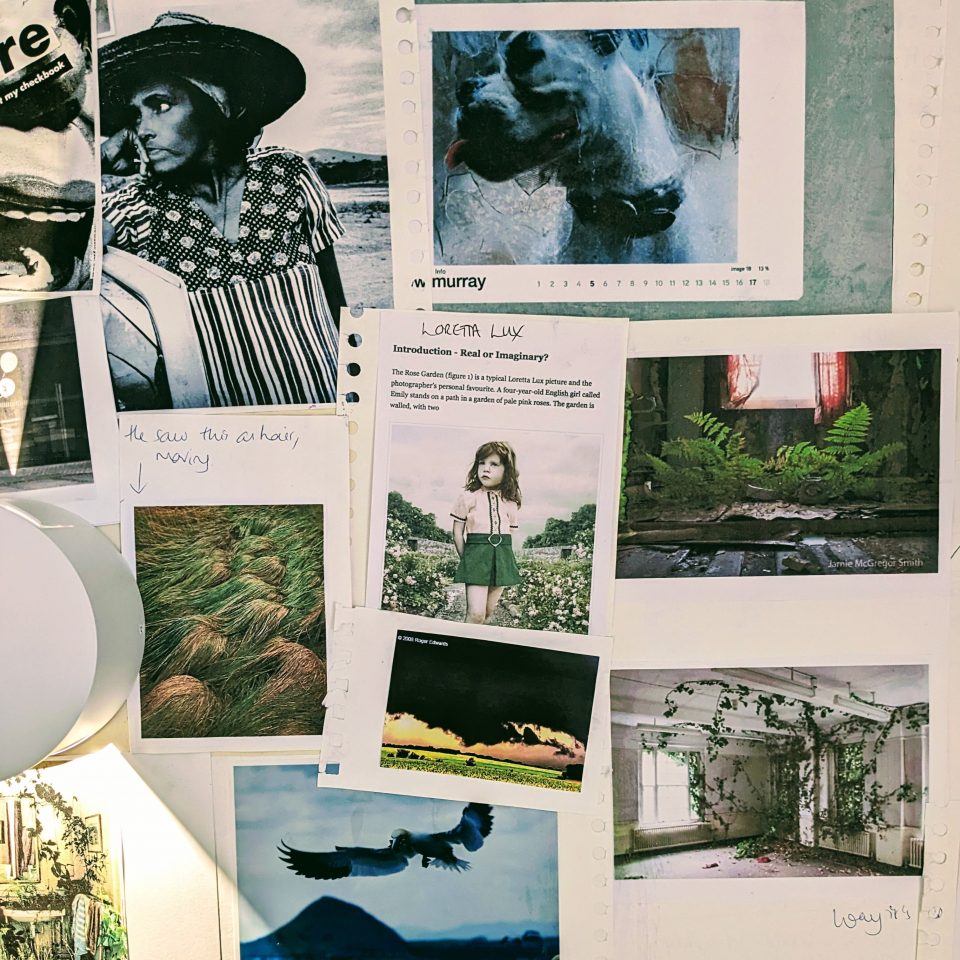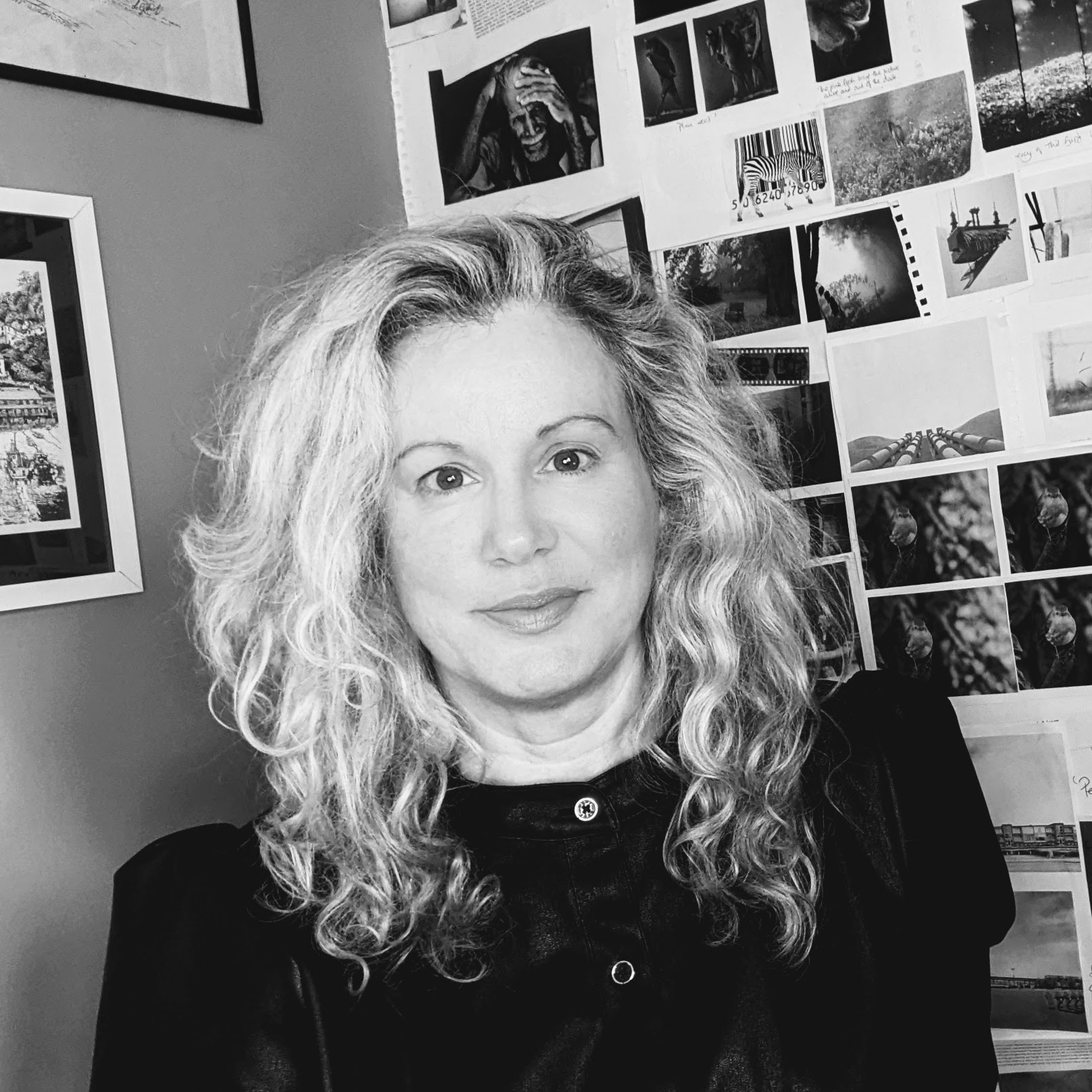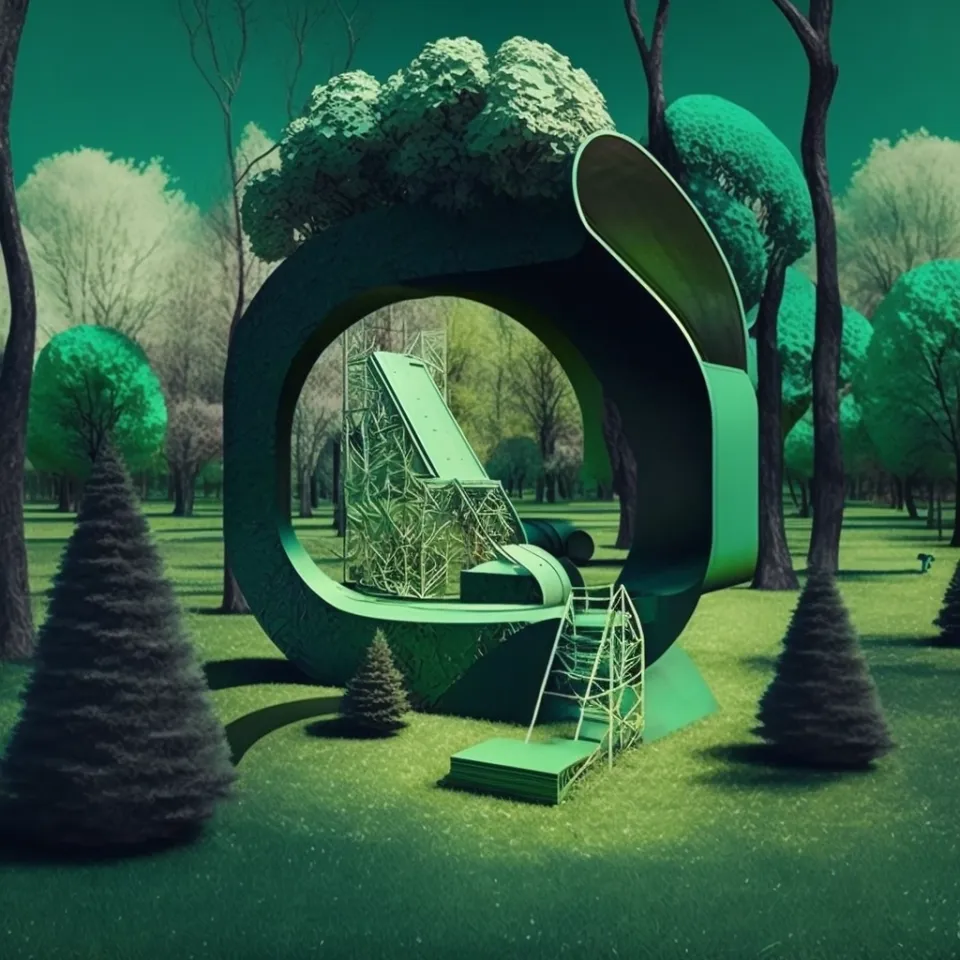In copywriting, when there’s a problem with an idea, we call the solution killing your darlings.
You write a line you fall in love with.
It has meaning.
It flows like birdsong.
You might have spent an age crafting it or it might have come to you in a flash of what you’ll call genius… except it’s not. (Far from it.)
Because the line doesn’t do its job.
It doesn’t prompt action.
There’s no visceral emotional connection (maybe only for you).
It’s clever, but not clear.
So you have to kill it off, for the sake of success.
A weird trip back to childhood
When I was first exploring ways people could experience my exhibition, memories from childhood came forward as a strong theme, but there was a problem with my idea right from the off.
For me, the memory of a regular youth filled with space raiders and Cabbage Patch Kids and taping the charts in 1980s Britain is a happy one, but there aren’t many specific memories. There’s an everlasting sense of freedom, the smell of cut grass, and a playground with swings I’d swing on for hours, but that’s where I hit a bigger problem than my own diabolical memory…
Childhood isn’t happy for everyone.
Although this immersive experience will be different for each person, the outcome needs to be the same for everyone. That’s where the idea of using memory hits a snag, and it’s now lingered around for so long it’s gone stale.
Despite not being able to dedicate a huge amount of time to it, I’m surprised how quickly my original project ideas have moved forward and, here I am, trying to accept the fact my memory theme has become my darling.
The girl in green
I’ve forgotten entire chapters of my life, including places I’ve lived or worked and people I’ve known (albeit there’s been a lot of frequent change). Others seem to remember the full sequence of events across their lifetime and I wonder what it would be like to remember everything.
You’d think only AI could remember that level of detail, but I discovered for a handful of people, a rare condition called hyperthymesia means they recall every detail of every day of their life ― sometimes for decades. Those people don’t remember childhood like a reflection of themselves in rippled water. Their memory is crystal clear.
This discovery is another blow for my memory idea, which now hangs like a cobweb in my project plans. Still, I’ve been trying to unweave and unravel it.
AI vs human memory

Months ago, when Midjourney was still on version 1 or 2 (today it’s v5.2), I used the AI platform to explore childhood memories and it came up with distorted images of a child in a garden. She has the classic disturbing features AI art became known for in the early days ― including the stumpy hands.

Knowing AI takes inspiration from all the art it can recognise, I thought back to my own notebooks from past photography projects. Pulling out pages of images I’d kept in a box for ten years, I turned them into wall art, and the vivid image of a girl in green I’d loved and remembered all this time sits central.
Photographer, Loretta Lux, produced this eerie image of a girl in a rose garden in 2001 ― way before AI art was anywhere close to producing imagery so striking.

In the same way a scent reminds you of someone you loved or a place you used to go, the Midjourney image of the stump-handed girl reminded me of this far better one. All this time, this vision of a girl in green has been nestled deep in my grey matter like a snail inside its shell.
While AI learns from billions of pieces of art at once and can produce detailed images in seconds, memories from what I have learnt come in fits and sparks. But where AI is fast, my memory is rich.
The 400-odd images now plastered across my walls all have a memory attached to them, and attached to that memory is a feeling. What I see leaves me perplexed. Amazed. Regretful. Joyful. Curious. Infuriated. Proud. Intrigued. Disturbed. Enlightened. Calm. Transfixed. And more.
In among this collision of Midjourney and the goings on inside my brain, I can’t remember now why memory felt important or worthwhile to my project, no matter how hard I try to make it stay valid.
I have to kill my darling and I learn a valuable lesson.
Ideas wane
Soaking up fresh inspiration daily seems to make time go faster than I ever realised it would, and as much as I’m working out loud trying to document everything about how this exhibition comes together, I’m gonna have to let some ideas sink to the bottom of the pool of my imagination and disappear.
Besides, not every idea is a good one.
The first, most sticky and persistent ideas I had?
Those especially.
There’s an expression for that in copywriting too; it’s called clearing your throat.
You start writing and it’s not until you look back, you recognise the first sentence or two (paragraphs, even), can be deleted. With those empty words gone, your piece of work makes a stronger start, and you realise those first strokes of the keyboard were only there to get you warmed up.
Your brain is working in the background all the time, in whatever way your brain works ― for me, absorbing what it needs to absorb.
So never mind how long an idea has been sitting in your creative bank.
If it’s been on my list for more than a couple of weeks, I’ll release that idea like a balloon into the ether and, if it’s meant to be, it’ll get caught somewhere ready to be found again later on. If not, it’ll pop, but I’ll know how much fun it was playing with the idea while it lasted.
For now, I feel lighter letting an old idea go.
Main image created using Midjourney

Natalie is a copywriter working in AI. She’s creating an immersive exhibition experience for anyone who needs to know: better days will always come 🕯️ More posts
( ´ ∀ `)ノ~ ♡

1 comment on “Letting memory go”Add yours →